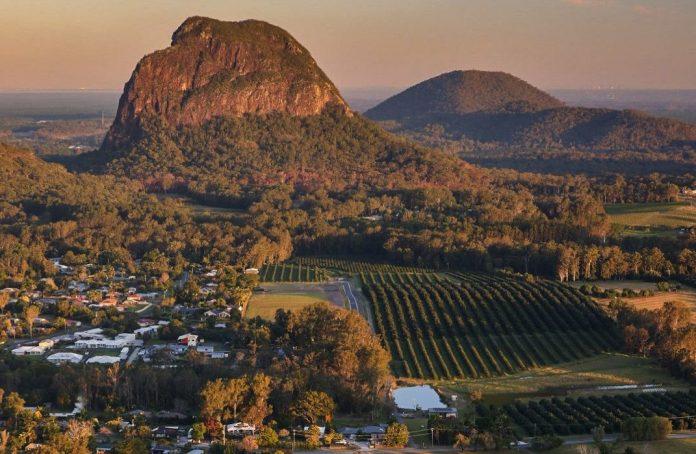A quaint rural village at the foot of the Sunshine Coast’s towering landmarks is undergoing a transformation.
The small township of Glass House Mountains has long been a modest farming locality and gateway to the national park and its rugged peaks of the same name.
But it’s becoming much more as droves of people relocate to the area to take advantage of its relatively affordable houses and natural beauty, while being close enough to work and goods and services.
Sprawling farms are giving way to new housing estates, and the properties on huge blocks are selling out.
In recent years there has been the 80-lot Aspect Glass House, the 88-site Arise Glass House Mountains and the 33-lot Mountain View Estate.
And as their names suggest, many of the homes have breathtaking views of the volcanic peaks of Ngungun and Tibrogargan.
Lisa Krausz, a sales specialist at Glass House Property Sales, said the former sleepy hamlet known for pineapple and strawberry farms was now flourishing.
“We’re a thriving little community town. During the last couple of years, I’ve noticed real growth,” she said.
“There are rural families who have been here for generations but there are also lots of young families moving into new estates. It’s a good mix.
“A lot of the new residents are coming from interstate, after COVID restrictions were lifted. I can’t blame them.
“There are scenic views and lots of mountains for trekking.”
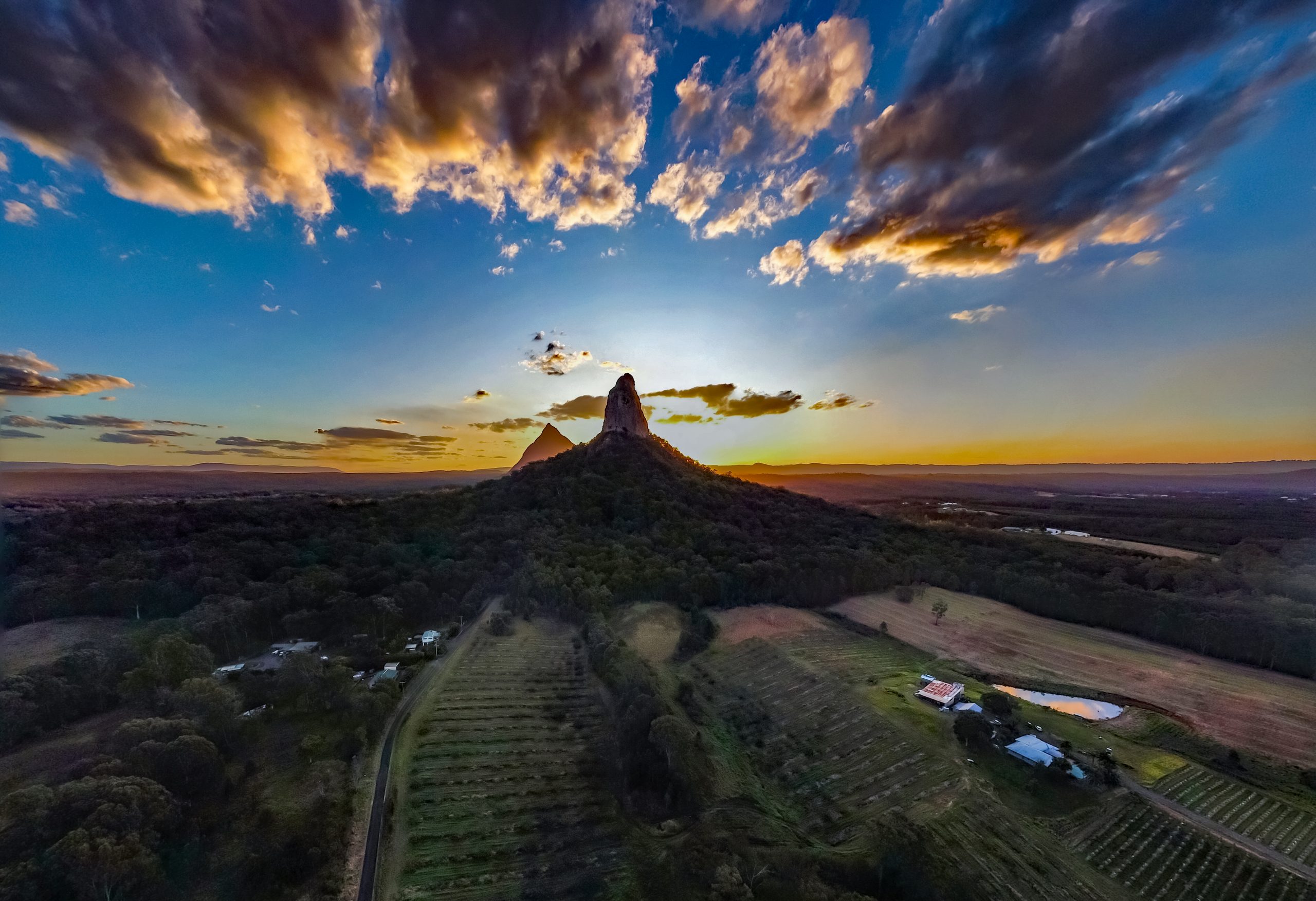
Ms Krausz, who has lived in the area for almost six years, said homes were being sold within weeks of being advertised.
“Houses are going up very quickly and new real estate does not last long on the market here,” she said.
They’re not cheap at about $700,000 to $1.2m but they are more affordable than houses on the coast or in the city.
“It’s a great price range for our area. I’d highly recommend for people to come here, for the beautiful scenery and the friendly people in the community.”
Ms Krausz also said tourists were arriving in busloads, boosting local businesses as they complement their trip to nearby Australia Zoo with a hike up the mountains.
The region includes a dozen heritage-listed peaks like giants Beerwah and Tibrogargan, crooked Coonowrin and the ‘twins’ Beerburrum and Tunbubudla.
Popular Mt Ngungun (253m) is almost on the town’s doorstep.
“Gun Gun’ is very child friendly,” Ms Krausz said.
“I take my children up there often, yet we are only 30 minutes from the beaches.”
‘Wouldn’t live anywhere else’
Glass House Mountains newsagency owner and local plumber Allan Koschel, who has lived in the area for 20 years, has noticed the rush of housing developments and incoming residents.
He said it was largely good for the area.
“There’s a lot of new subdivisions but they’re not on top of each other.”
“They (the subdivisions) generally have big half-acre blocks and that suits the town and the area. It still has a real country feel to it.
“There are some more concentrated (estates) and I’m not a big fan of the small blocks but they’re near the centre of town, so it’s not too bad.
“I’m all for people finding affordable blocks.”
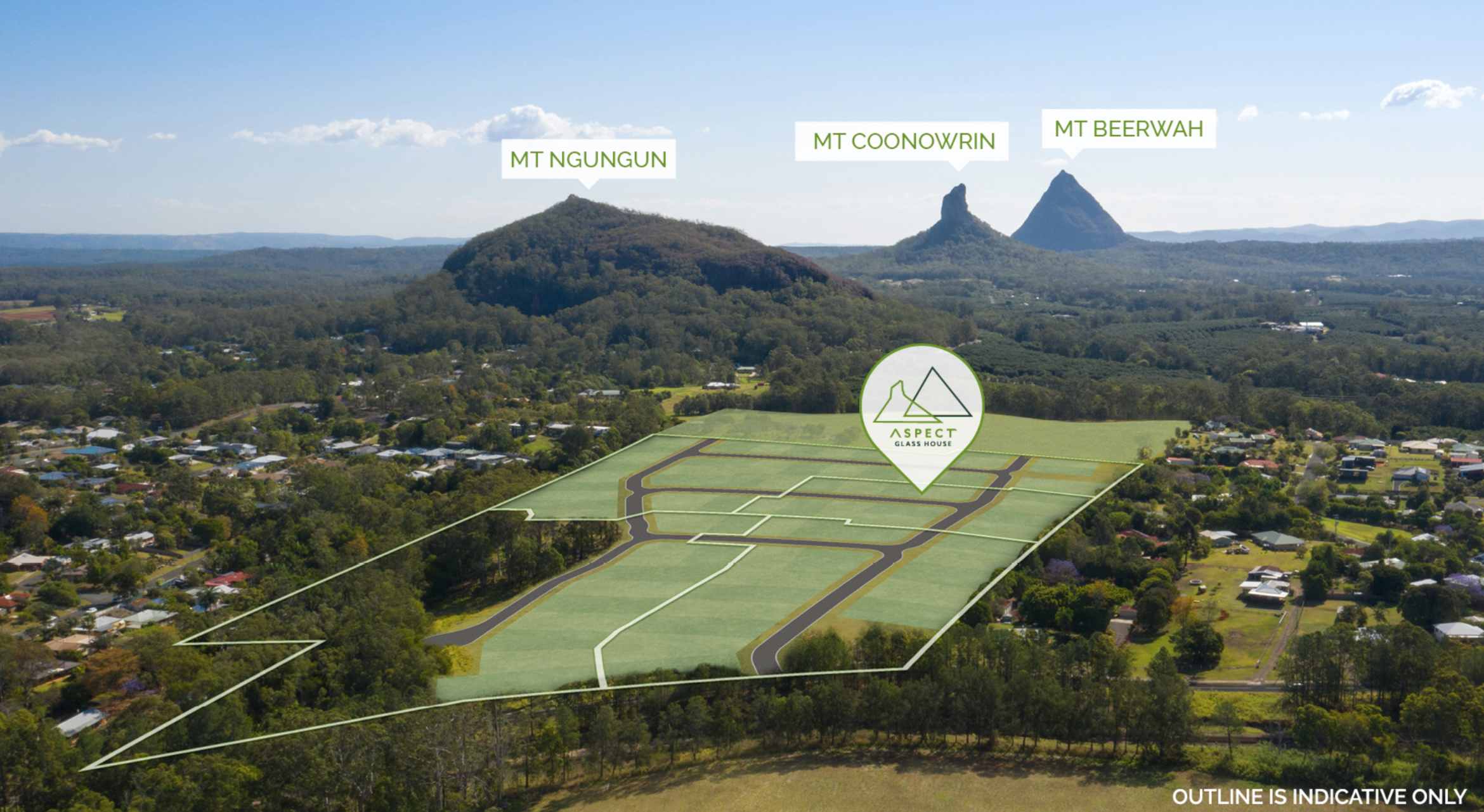
He said many newcomers were from large cities.
“I think a lot of Brisbane people have come to town, including younger couples buying their first houses, along with interstate people” he said.
“A lot of them have still got to get used to living in a small town. It takes a while to slow down to the country lifestyle.
“But it (the town) is not as rural as it was. It’s got everything you’d want, close to it.”
He said all goods and services were available at Caloundra and Caboolture, while neighbouring Beerwah was growing and bustling with business.
In Glass House Mountains, locals can access many staples, including at the IGA supermarket.
The Glasshouse Tavern was upgraded last year while the bowls club has also been renovated.
Mr Koschel said it was easy to notice the population growth because, “you can see the volume of people on the roads.”
He said many of the new residents regularly commuted to bigger centres.
“Glass House does not have much commercial or industrial work, so people have to travel to work,” he said.
“You see them going by train and car.
“At 4am through the morning, there’s a steady stream of traffic going out of town and then at 4pm there’s a steady stream coming back in.
“A lot of tradies live in the area now and they work from Caloundra to Brisbane.”
He said agriculture was still “massive” in the area.
“Many people work on farms in the area.”
“Pineapples and macadamias were always the big things.”
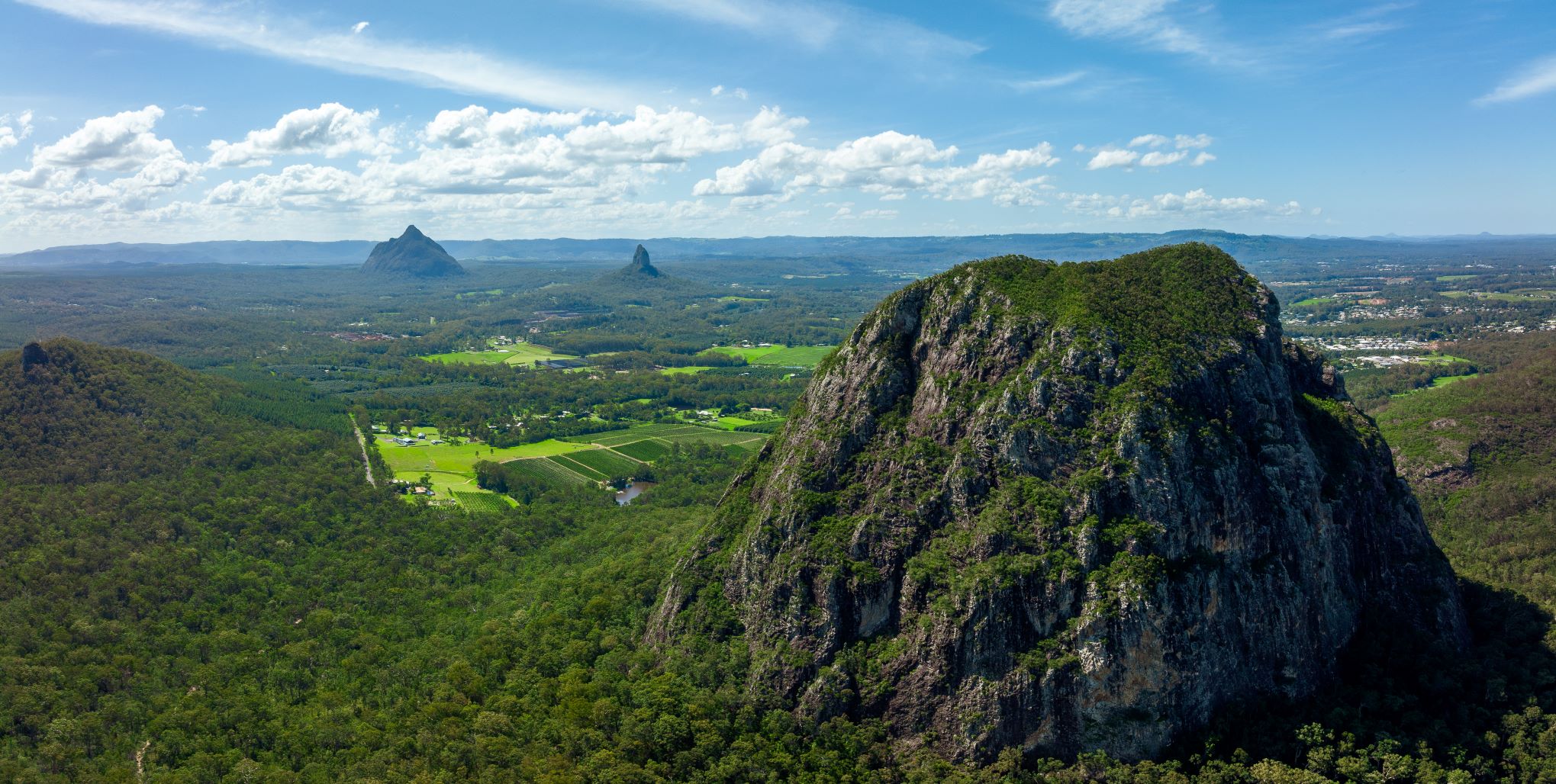
Mr Koschel also said tourists were coming back in big numbers, after the lifting of COVID restrictions.
“The mountains are getting a lot of walkers,” he said.
“If you go to Mt Ngungun on a Saturday morning there would be 150 cars there.
“They are great tourist attractions and there has been a lot of work in that space (including upgrading the walk at Mt Ngungun) but it would be great if more could be done.
“It would be a big win to have more facilities near the walking tracks, to have more people coming to town for the walks.”
Mr Koschel said Glass House Mountains was his perfect home.
“I love it. I wouldn’t live anywhere else,” he said.
“It’s the best place I’ve ever been, and I’ve travelled around Australia and lived in Melbourne and Sydney.
“It’s the prettiest, friendliest place you’d ever want to live … a lovely spot to be.
“I’ve worked here since 1995 and had three houses within 200m of each other.
“It’s the best spot for kids to grow up, where kids can be kids, and there is four-wheel driving and motorbiking.
“Plus, touch wood, it’s a safe town.
“If you haven’t been here, then you’re mad.”
Rich history
The striking mountains that jut out of the landscape are remnants of volcanic activity that occurred about 25 to 27 million years ago.
The area is the traditional home of the Gubbi Gubbi and it is still a special meeting place for First Nations People.
Explorer James Cook said the mountains resembled glass houses when he saw them while sailing along Australia’s east coast in 1770.
Explorer Matthew Flinders was among the first Europeans to set foot in the region, climbing Beerburrum Mountain in 1799.
The area became a hub for the timber and farming industries in the late 19th century when a railway line and station led to more concerted settlement.
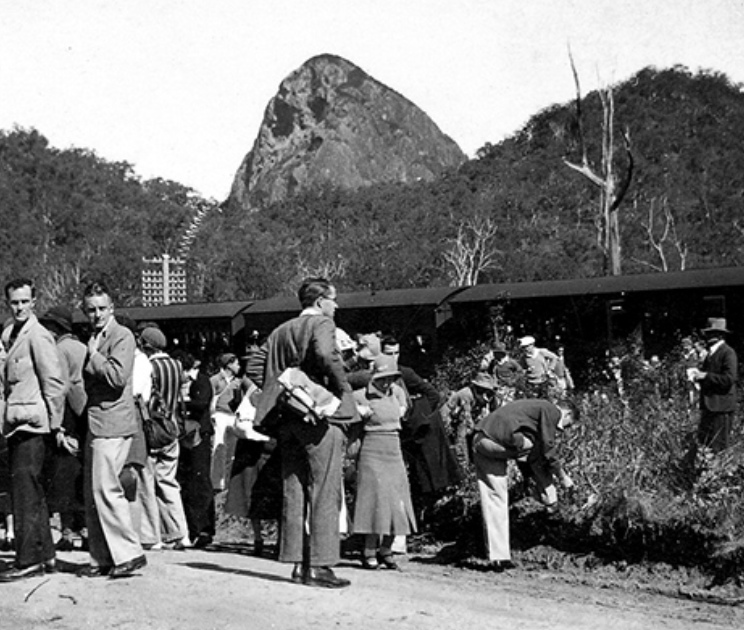
A primary school opened in 1910 and soldier-settlement blocks became available after World War I.
The township and its surrounds remained relatively quiet and off the beaten track for decades as farming sustained locals.
Pine plantations surrounded the area and the 883 hectare-Glass House Mountains National Park was introduced in 1994, steering more tourists to the region.
There was some growth during the past 20 years, with 4500 people in town during the 2006 census and about 5000 people in 2016.
The latest data for 2021 could be released soon and it’s expected the population could be about 6000, marking an influx of new residents.
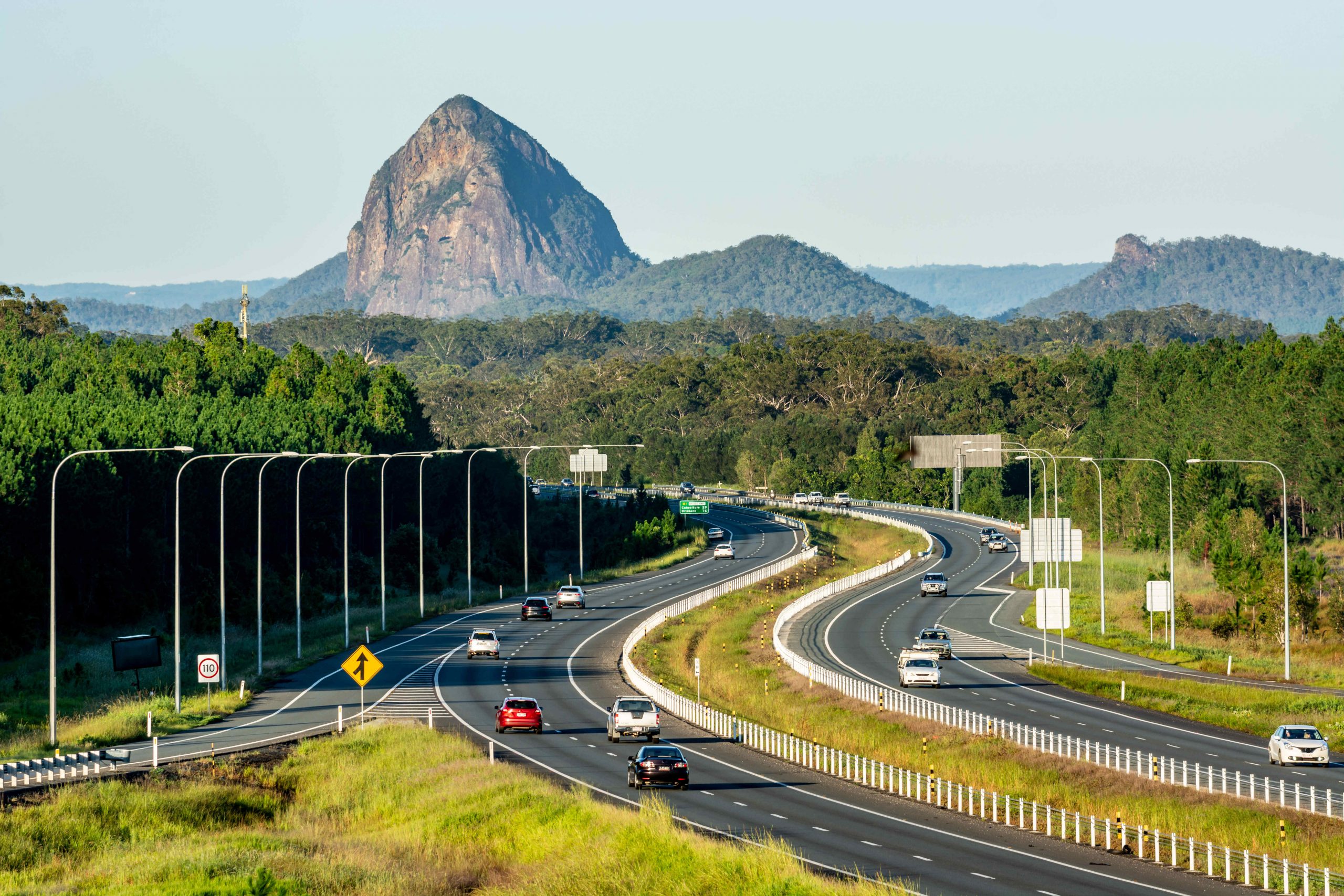
What next for Glass House?
Sunshine Coast councillor Rick Baberowski believed most residents of Glass House Mountains wanted it to keep its rural vibe.
“Retaining a sense of country town is crucial to the community that I’ve been pleased to represent for over 10 years,” he said.
While new subdivisions have been introduced, Cr Baberowski said there was not a “lot of land supply available” so it should not become an urban sprawl.
“That will be seen by the community as a good thing,” he said.
Cr Baberowski said the area was also in line for a Place Making project, which would enable residents to have their say and for council to make changes that could benefit the region.
Beerwah has undergone a revival while nearby Landsborough is in the midst of one and Glass House Mountains could be next.
Council has already allocated resources towards starting the Place Making process from 2022 to 2024.
“That gives the community a really good chance to talk about the town’s future and work with the Place Making team to work out what they love, what they want to retain, what they think can move on, what needs better design and so on,” the councillor said.
University of the Sunshine Coast students have already started working with the council’s Place Making team, on a preliminary analysis of the area.
“There will then be a slow, deliberate and detailed community consultation process between 2022 and 2024, to work out what the Place Making plan there will look like,” Cr Baberowski said.
“The community will enjoy that. New residents and established ones will have that conversation about what we should hang on to and what we should let go, how we get a better road network and what future retailing is going to look like.”
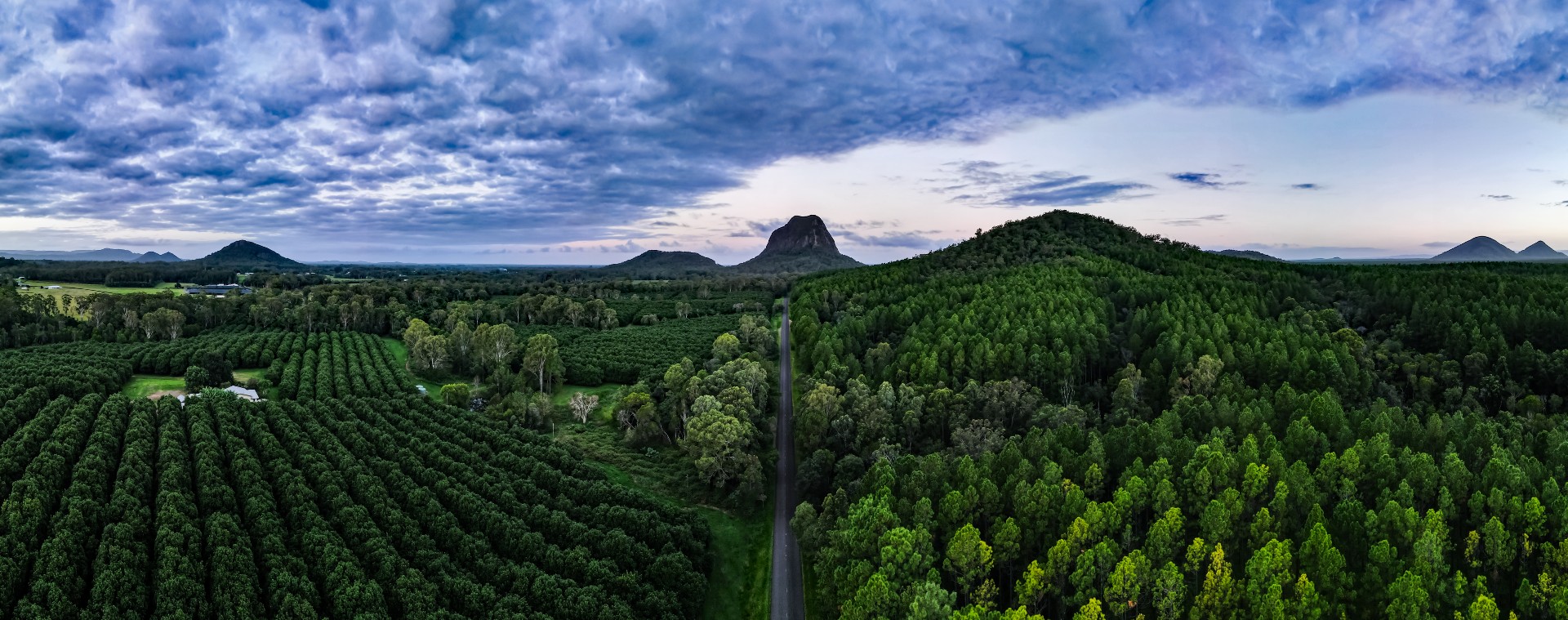
Cr Baberowski said the town had an intimate relationship with the unique landscape and more would be done in that space.
“It is an amazing front door to the mountains …. which can tell the natural history of the region,” he said.
“There is already a visitor information centre, designed as an interpretive centre, and it does an okay job, but we’re going to do a lot better in telling the natural history story.
“It’s a 30-million-year story, from the start of the lava intrusions, flora and fauna, the arrival of first and second humans and climate change.
He said there were plans to develop the local trail network.
“We’ll make that better,” he said.
“Glass House Mountains will be a part of the Seven Peaks Recreational Trail Network … with rail to trail heads set up in each town.
“Beerburrum is done, Landsborough will probably be next and Beerwah and Glass House will end up having rail to trail heads that interface with the trail.
“In my opinion, it will compete with the coastal pathway, with tens of kilometres of different types of trails.”
He said the Seven Peaks trail concept had been endorsed by Council but it would take years to deliver it.
“That’s fine because once you have established it, it will be there for decades or longer,” he said.
Help us deliver more news by registering for our free daily news feed. All it requires is your name and email. See SUBSCRIBE at the top of this article.


